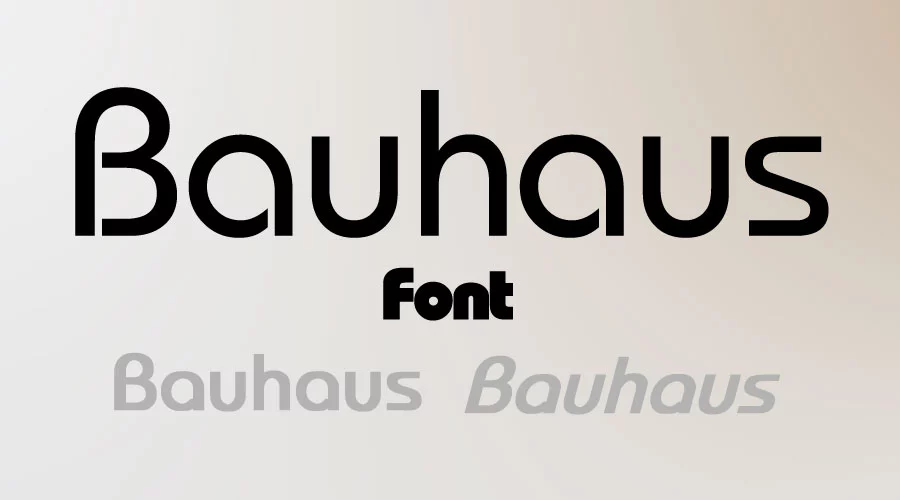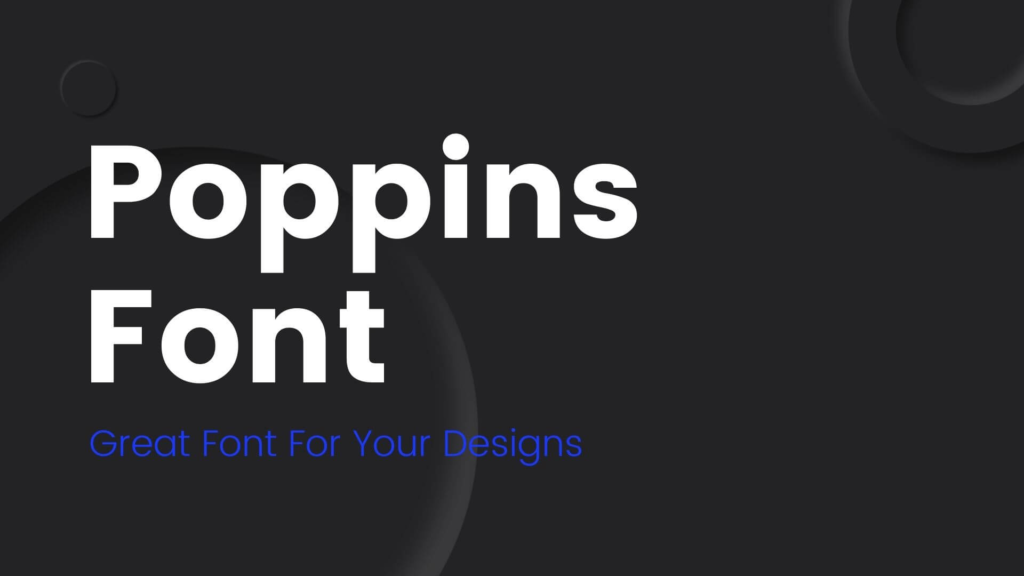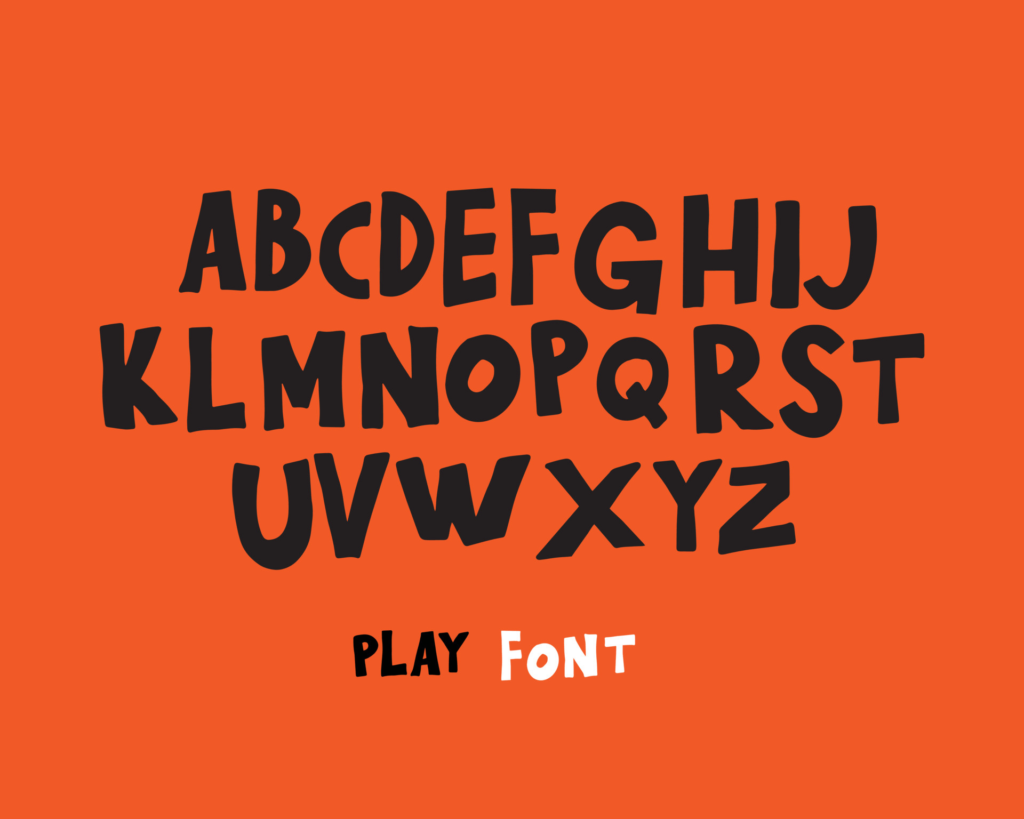If you are a fan of minimalist design, you might have come across the iconic Bauhaus font. This typeface, born in Germany almost a century ago, is still widely used by designers around the world to convey a sense of modernity, simplicity, and efficiency. In this article, we will explore the history, characteristics, and uses of the Bauhaus font, as well as its impact on pop culture and its potential for future reinterpretations.
The Bauhaus Font: A Perfect Blend of Form and Function
The Bauhaus school of art, architecture, and design was founded in 1919 in Weimar, Germany, by Walter Gropius. Its aim was to combine craftsmanship and industrial production in order to create useful and beautiful objects for everyday life. One of the key aspects of Bauhaus philosophy was the idea that form follows function, which means that the design of an object should be determined by its purpose. This principle was also applied to typography, and the Bauhaus font was born as a result.
The History of Bauhaus Font: From Germany to Worldwide
The first version of the Bauhaus font was created in 1925 by Herbert Bayer, a student at the Bauhaus school. It was based on geometric shapes such as circles, triangles, and squares, and it had no decoration or serif. The font was designed to be easily readable and scalable, which made it ideal for use in posters, signs, and books. Over the years, the Bauhaus font has been revised and adapted by various designers, but its essence has remained the same.
The Characteristics of Bauhaus Font: Simple and Geometric
The Bauhaus font is known for its clean lines, sharp angles, and minimalistic approach. It is characterized by its use of simple and geometric shapes, such as circles, squares, and triangles, which give it a modern and futuristic look. The font has no serifs or ornamentation, which makes it easy to read and ideal for use in headlines and logos. The Bauhaus font also has a bold and assertive personality, which makes it perfect for conveying a sense of confidence and efficiency.
How to Use Bauhaus Font: Tips and Tricks for Designers
If you want to use the Bauhaus font in your designs, there are a few things to keep in mind. First of all, make sure that the font is appropriate for your message and audience. The Bauhaus font is best suited for modern and minimalist designs, but it might not be suitable for more traditional or formal contexts. Secondly, choose the right size and weight of the font for your purpose. The Bauhaus font looks great in bold and large sizes, but it can also work well in smaller sizes if you use it sparingly. Finally, experiment with mixing the Bauhaus font with other typefaces or graphic elements to create a unique and memorable design.
Bauhaus Font in Pop Culture: From Logos to Movie Posters
The Bauhaus font has been used in countless logos, posters, and advertisements over the years. Some of the most famous examples include the logos of BMW, Lufthansa, and MoMA, as well as the movie poster of Ridley Scott’s “Blade Runner”. The font has also been featured in various artworks, fashion designs, and music album covers, which shows its versatility and enduring appeal. The Bauhaus font has become a symbol of modernity and progress, and it is still relevant and popular today.
The Future of Bauhaus Font: Modern Reinterpretations and Beyond
As with any design element, the Bauhaus font has evolved and adapted over time. Today, designers are experimenting with new ways of using the font, such as adding colors, textures, and other graphic elements. Some designers are also creating new versions of the font that respect its original principles while adding a contemporary twist. The Bauhaus font is likely to remain a favorite among designers and consumers alike, as it embodies the timeless values of simplicity, functionality, and beauty.
The Bauhaus font is much more than just a typeface. It is a symbol of a revolutionary movement that aimed to transform the world through design. By using the Bauhaus font in your designs, you can tap into this legacy and convey a sense of innovation, progress, and sophistication. Whether you are creating a logo, a poster, or a website, the Bauhaus font can help you achieve a modern and memorable design. So why not give it a try?









